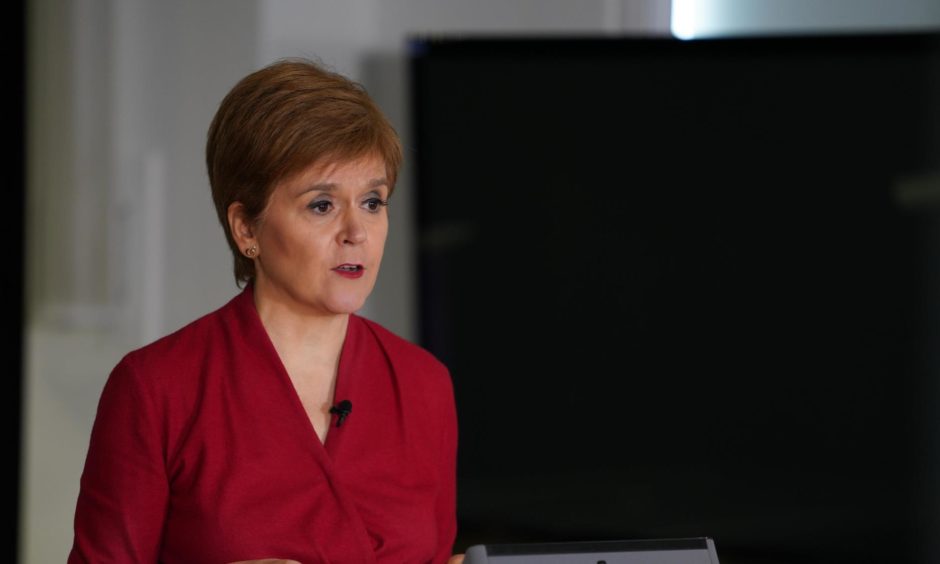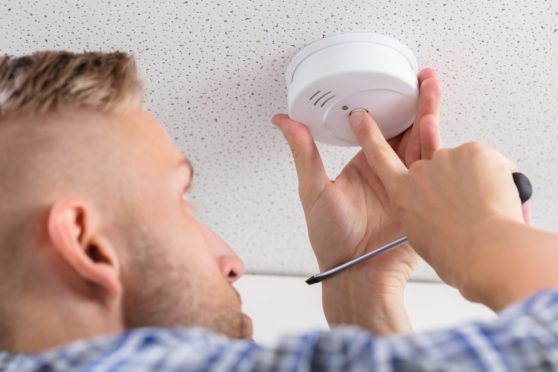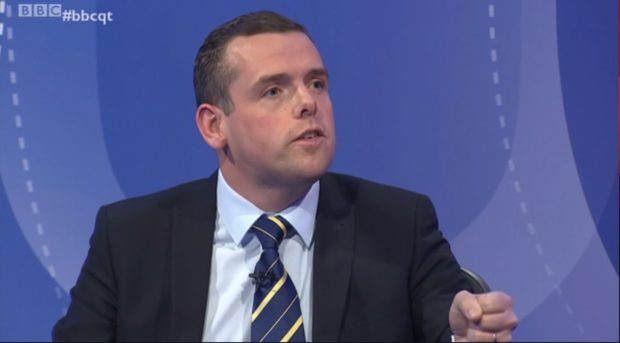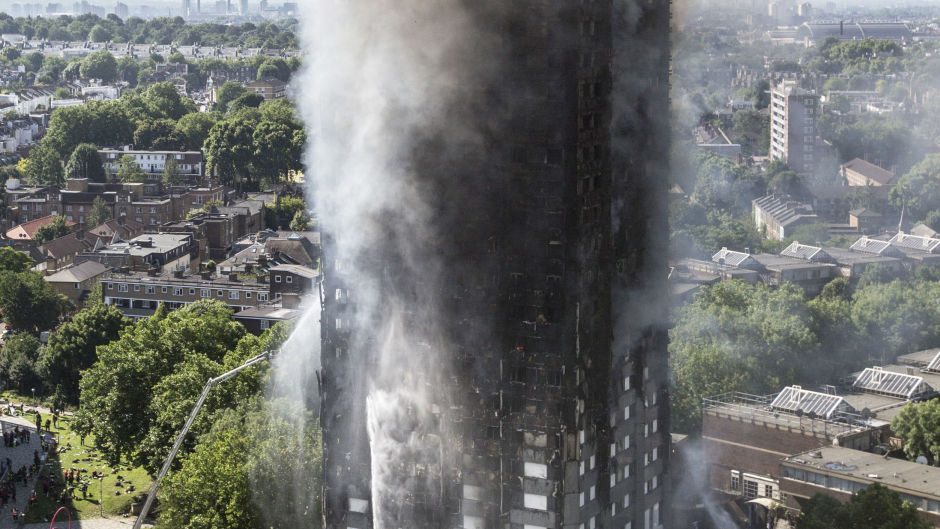Nicola Sturgeon has signalled that a deadline for homeowners to comply with strict new fire safety rules is likely to be pushed back by a year.
The first minister admitted that she had received e-mails about the issue after it “sparked a bit of concern” when companies began sending leaflets to homes.
Fears had been raised that many property owners across Scotland were unaware of a looming deadline in February for interlinked fire alarms to be fitted in key rooms throughout every home, and that they would struggle to have the costly work carried out in time due to restrictions caused by the pandemic.
Scottish Conservative leader Douglas Ross had called for the deadline to be delayed until 2022, branding it a “communications failure”.
He said: “Fire safety is absolutely vital, but homeowners currently have less than four months to install the alarms, at a cost of between £200 and £300, or risk breaking the law and invalidating their home insurance.
“Many people have been quoted even higher figures, yet the only communication on this matter has been from businesses offering to install these alarms, not the Scottish Government who introduced the measures.”
I think there is a strong case to be made for a delay of a year, given the practical issues with the pandemic of people doing what is required to meet with that standard.”
Nicola Sturgeon
The Scottish Government confirmed on Tuesday morning that it was considering a delay to the deadline, and Ms Sturgeon later gave her backing to the move at her daily coronavirus briefing.

She said: “Kevin Stewart, the housing minister, is considering that as of now, and I think there is a strong case to be made for a delay of a year, given the practical issues with the pandemic of people doing what is required to meet with that standard.
“Once Kevin has had the opportunity… we will make an announcement confirming that decision as soon as possible.
“But I know I have had quite a few e-mails about it, because I think people have been getting leaflets from companies about it, which has sparked a bit of concern, but we will make the outcome of that process of consideration known, hopefully, very soon.”
Shirley-Anne Somerville, the social security secretary, echoed the remarks.
“Just to say that we are absolutely aware of the concerns that are out there about that,” she said.
“Kevin Stewart is looking at this and is very keen to be able to reassure people about this, and we would expect to do that soon.”
It is only right to delay this unrealistic target while individuals and families are facing financial challenges and the ongoing pandemic is creating concerns about tradespeople coming into their homes.”
Douglas Ross
Mr Ross, the Moray MP, raised the issue after being contacted by constituents.
He said: “The rush to get tens of thousands of units installed will put real pressure on the trade.
“There has been a communications failure over the change from the SNP government.
“It is only right to delay this unrealistic target while individuals and families are facing financial challenges and the ongoing pandemic is creating concerns about tradespeople coming into their homes.”
A Scottish Government spokesman said: “In light of the challenges posed by the coronavirus pandemic, the Scottish Government is actively considering a delay in the deadline to carry out this important safety work. A decision will be announced shortly.
“Improving fire safety is a key priority for the Scottish Government. The tragic events at Grenfell Tower emphasised how important building and fire safety is, which is why, following consultation, we announced in 2018 that the standards that already existed in the private rented sector would be applied to all homes.
“Our intention is that everyone should benefit from the same level of protection, whether you own your home or rent from a social or private landlord.”
We looked at what had been said about the new rules, why they were being introduced and who would be impacted.
Why are the rules changing?
A review was carried out in the wake of the tragic fire at Grenfell Tower in London, leading to stricter fire safety regulations for homes.
Who is responsible for implementing the changes?
Property owners are responsible for ensuring the new standards are being met, and all homes are covered by the rules.
What must be done to comply with the rules?
The standard requires that a smoke alarm be installed in the room most frequently used for general daytime living purposes, that there is one smoke alarm in every circulation space on each storey, such as hallways and landings, and that one heat alarm is installed in every kitchen. All alarms should be ceiling mounted and interlinked. Where there is a carbon-fuelled appliance (such as boilers, fires and heaters) or a flue, a carbon monoxide detector is also required which does not need to be linked to the fire alarms.
When does the new standard come into force?
Homeowners and landlords did have until February to comply with the rules, but the Scottish Government is now considering a delay.
How much would it cost and who would pay?
The Scottish Government estimates that it would cost £220 for an average three bedroom house which requires three smoke alarms, one heat alarm and one carbon monoxide detector. The cost is the responsibility of home-owners and landlords.
Why are the changes proving controversial?
Concerns have been raised about the cost of the work, the time-frame and the perceived lack of publicity to raise awareness, during the pandemic. Questions have also been asked about allowing workers into homes to carry out system upgrades, given restrictions designed to prevent the spread of the coronavirus.


